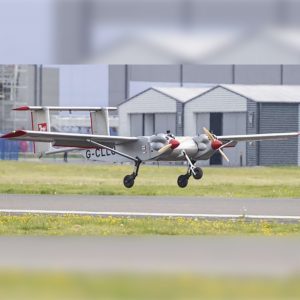
Typically, HTOL drones require a runway to take-off and land in a similar way to a conventional aeroplane, and often utilise a fixed-wing configuration.

VTOL drones typically use a rotor (or multiple rotors) configuration to provide vertical take-off and landing capability, as well as horizontal propulsion through the air in a similar way to a conventional helicopter.

Hybrid drones combine the characteristics of HTOL and VTOL drones, and are typically able to take-off and/or land vertically before transitioning to horizontal flight, for example by using a dual system to combine fixed-wings with rotors or by using tilt-rotor or tilt-body mechanisms.

Bio-based drones are either bio-inspired involving mimicking flight mechanisms from the natural world, such as flapping wings, or bio-in-the-loop involving experimental efforts to control living birds and insects, for example by sending control signals to the animal’s brain or muscles.